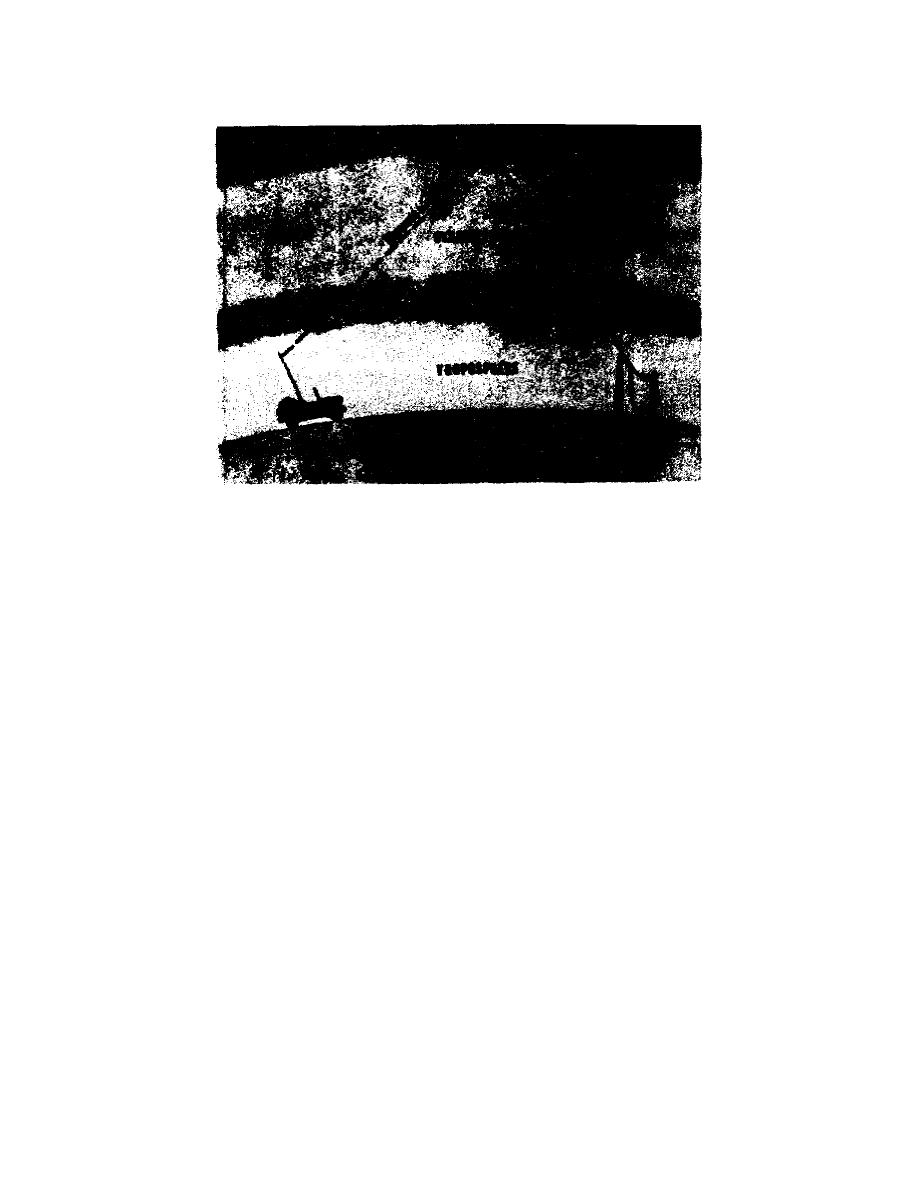
Figure 16.
Sky wave propagation.
b. Refraction is not the only mode of propagation that depends on
the ionosphere. As discussed earlier (figure different levels of ion
concentration occur at various heights within the ionosphere. These
are referred to as layers. Some of the layers are regular features
of the ionosphere while others are sporadic.
The layer of greatest
importance to trans-horizon communications is the F2 layer.
Its
maximum ionization occurs at a height of 150 to 250 miles.
Other
layers, such as the E, F1, D and sporadic E, generally tend to impede
long-range communications.
This impediment manifests itself as
screening, absorption, and multipath interference. These layers are
occasionally employed as useful reflectors at suitable frequencies
and, in general, for shorter range communications.
c. Propagation in the ionosphere is complicated by the earth's
Its primary effect is splitting of the transmitted
wave into components known as ordinary and extraordinary waves.
These components, which share the energy of the incident wave, travel
independently through the ionosphere and, upon their reemergence,
recombine
in
a
manner
that
affects
the
(electric-field
orientation)
of
the
received
signal.
68


 Previous Page
Previous Page
